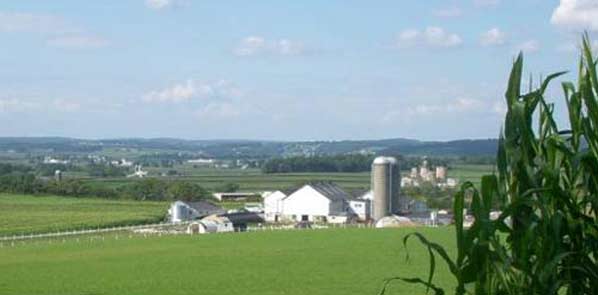The constant flooding of our region prompted local citizens to come together to create a solution to protect their families, homes and businesses.
History
Ohio suffered devastating floods throughout the last century. It seemed as if no city or county of Ohio was immune to flooding; Dayton, Columbus, Cincinnati and Medina and Wayne counties all suffered horrific flooding.
The Chippewa Creek runs through Medina and Wayne counties to the Tuscarawas River and has been the source of major flooding in both urban and rural areas.
The constant flooding of our region prompted local citizens to come together to create a solution to protect their families, homes and businesses. Local citizens recognized that the devastating flooding would continue until a plan was developed and a regional flood control system was implemented.
The Chippewa Subdistrict of the MWCD evolved through the efforts of citizens and many partnering organizations and governmental entities.
The Chippewa Creek Watershed Project is a flood-control program that began in 1956 and was completed in 1980. It included the construction of 8 dams and encompasses 188 square miles (more than 120,000 acres). The watershed project was established to reduce the acreage prone to flooding and to decrease the time periods of inundation.
The success of the Chippewa Subdistrict reflects what can occur when motivated citizens work toward a common goal that benefits the community.
